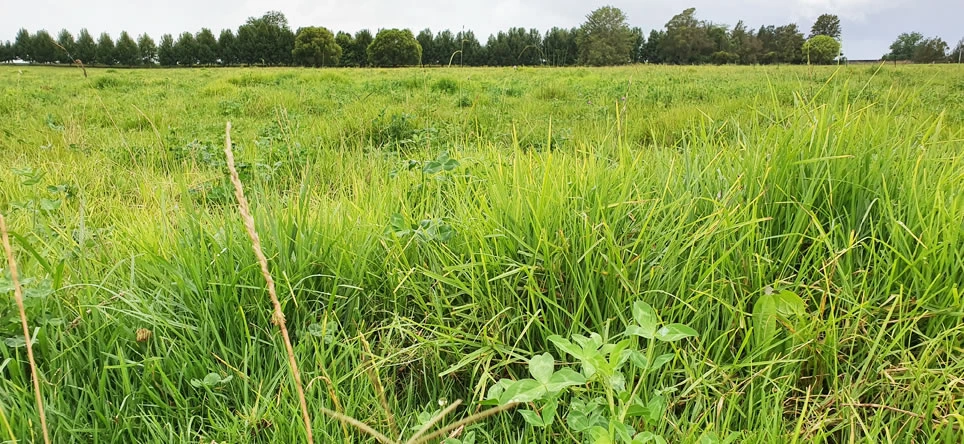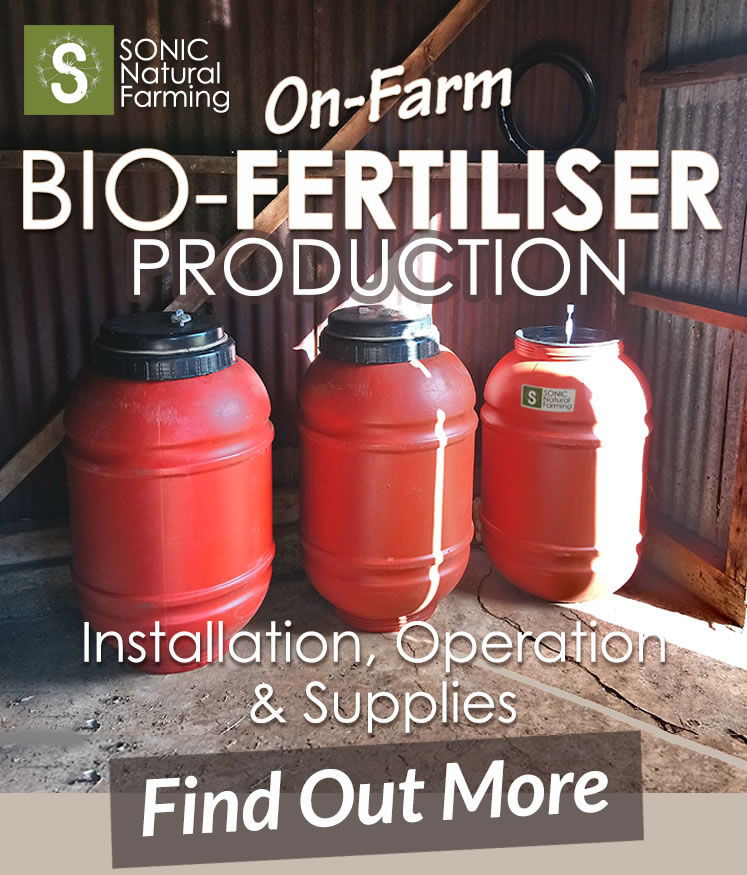Biological Solutions for Equine Management
Innovative farmers are taking a sustainable approach to maximise the use of grazing land and ensure their horses have access to nutrient-rich feed. How do they do it, you ask? By focusing on growing multi-species pasture and building soil fertility in their horse farming systems, and increasing dietary organic nutrition and probiotic support.
Nutrient Dense Grazing
Providing a diverse range of plant species can help deliver a balanced diet for horses. Regenerative horse farmers carefully select and cultivate crops that not only meet the nutritional needs of their four-legged companions but also contribute to the overall health of the pastures.
Healthy soil is the backbone of any successful horse grazing pasture. One of the key ways to build robust soil biology is by encouraging a diversity of grasses in your pastures. This diversity fuels the soil food web and supports a flourishing microbial community.
The secret lies in photosynthesis. Different grass species have varying photosynthetic pathways, allowing them to capture and convert sunlight into sugars in unique ways. These sugars are then exuded from the grass roots and feed the soil microbes.
The more diverse the pasture, the greater the variety of sugars available to soil bacteria, fungi, and other microorganisms
This nourishes a thriving, balanced soil food web that can cycle nutrients, improve soil structure, and make nutrients available to plants.
Incorporating a mix of cool-season and warm-season grasses, as well as broadleaf plants, is an excellent way to maximise the photosynthetic potential of your pastures.

Rotational Grazing
Regenerative horse farmers prioritise building soil health through practices like pasture cropping and rotational grazing. By enriching the soil with organic matter and promoting beneficial microbial activity, they create an environment where nutrient density thrives.
Biological Soil Fertility Booster
In the realm of horse farming, ensuring optimal nutrition and digestion is crucial for their overall health and productivity. One effective way to achieve this is by utilising nutrient-dense forage produced through the use of boosting soil biology with Liquid Biological Fertilisers.
Naturally cold fermented Biological Fertilisers deliver balanced organic minerals. Activated with beneficial microbes, these chelated mineral concentrates stimulate beneficial microorganisms in the soil. Increased biological activity then supports crop growth, nutrient density and overall crop resilience.
By incorporating Biological Fertilisers into farming practices, horse farmers can improve the mineral content of their pastures. This translates into better nutrition for their horses, who will then have access to a wider range of essential minerals necessary for growth and overall well-being.
Liquid Seaweed Benefits for Pasture Improvement
Liquid Seaweed is rich in essential minerals such as nitrogen, phosphorus, potassium, and trace elements. These nutrients play a vital role in promoting plant growth and development.
Additionally, Liquid Seaweed contains natural plant hormones like auxins, cytokinins, and gibberellins that stimulate root growth, plant immunity, and nutrient density.
Liquid Fish Benefits for Pasture Improvement
Liquid Fish Fertiliser is made from fish discards from processing. It is a potent source of nitrogen, phosphorus, potassium, amino acids, enzymes, vitamins, and trace minerals.
Cold processed Biofertilisers deliver nutrients that are bio-available for plants to easily uptake. Liquid Fish not only provides essential nutrients but also enhances soil fertility by feeding beneficial microbes in the soil.
Balanced By Nature
Using a combination of Liquid Seaweed and Fish Biofertilisers offers several benefits.
Firstly, they provide a balanced nutrient profile necessary for healthy plant. Secondly, these fertilisers improve soil structure by increasing microbial activity and organic matter content. This leads to better water retention capacity and nutrient availability for crops.
Moreover, the natural hormones present in both Liquid Seaweed and Liquid Fish Biofertiliser help regulate plant growth processes effectively. They promote root development for better nutrient uptake.
By incorporating Biological Fertilisers into your horse farm, you can reduce your reliance on synthetic fertilisers while simultaneously improving soil structure. This approach not only benefits crop productivity but also contributes to long-term sustainability.
Probiotic Digestive Care for Horses
The Ultimate Supplement for Equine Health and Vitality!
Packed with a powerful blend of probiotics, minerals, and trace elements, this specially formulated liquid nourishment is designed to keep your horse in prime condition.
With its delicious taste that horses love, getting them to enjoy the benefits of this nutrient-rich Liquid Seaweed Probiotic Supplement has never been easier. Give your horses the natural goodness they deserve with Liquid Seaweed – the perfect choice for optimal equine well-being.
Organic Mineral Nutrition for Horses
Minerals are needed year round by horses for optimum health. Supplements with broad spectrum minerals can help stimulate metabolism and feed efficiency, which can assist overall health and body condition of horses.
How to Use Probiotic Liquid Seaweed for Horses
Use regularly or at times of the year when feed quality is poor, or when there are higher demands on the animal.
SONIC Liquid Seaweed can be added to feed or water, or administered undiluted as a drench.
Probiotic Liquid Seaweed can also be used as an inoculant on hay, sprayed over pastures, or used through an automatic dispensing system that applies the liquid directly into bails.

Planet Friendly
BIOLOGICAL NUTRITION
for SOIL, CROPS
& LIVESTOCK
“In horses, whose targeted digestive compartment is the caecum-colon, probiotic distribution appears particularly relevant in case of stress (e.g. transportation) or during distribution of high concentrate diet (Table 2). Live yeasts have been demonstrated to elicit an increase in fibre digestibility in the colon and modulate the balance of hindgut bacterial communities, leading to a decreased risk of lactic acidosis.” (Jouany et al., 2008; Médina et al., 2002).
– Beneficial Microbes by Chaucheyras-Durand and Fonty, 2002.
Download Article
Product Range
Delivered within 24hrs
















